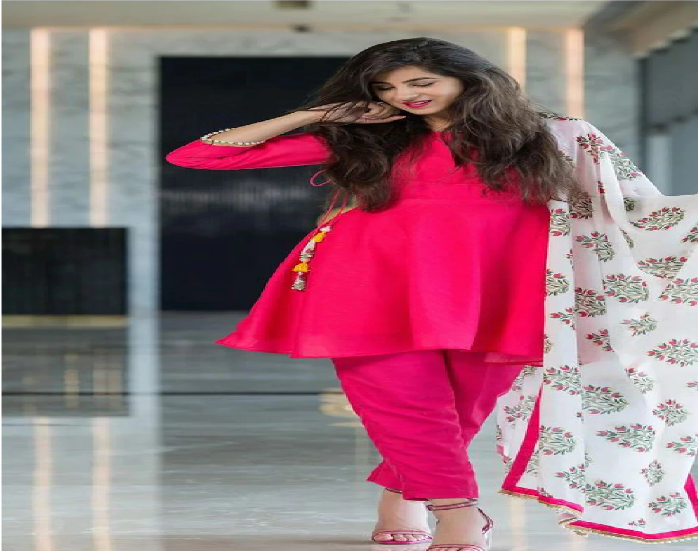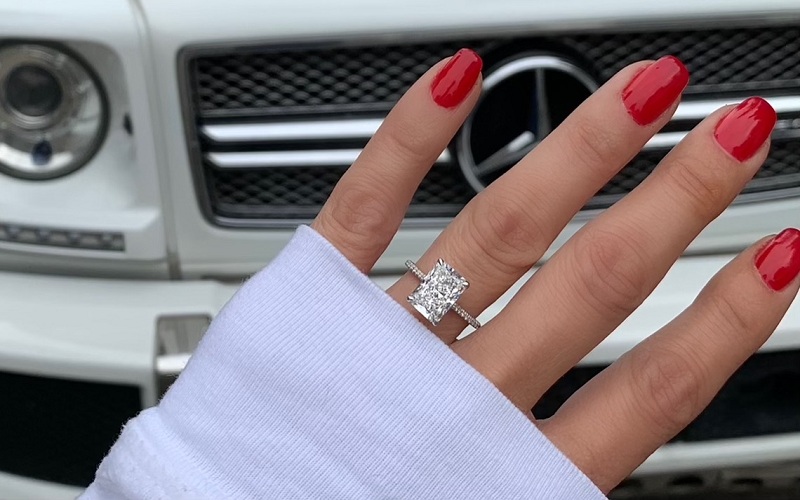
In the kaleidoscope of Indian ethnic wear, sarees for women stand as a symbol of grace, tradition and cultural heritage. This six to nine yards of fabric has been an integral part of the Indian women’s wardrobes for centuries, transcending fashion trends and evolving with the times. Saree, the most adorable ethnic wear for women, is not just a piece of clothing; it is a cultural statement, reflecting the diversity and richness of Indian heritage.
Historical Significance
The history of the saree dates back to ancient times, with references found in the Vedas and other ancient texts. Over the centuries, the garment has witnessed various modifications in terms of style, fabric and draping techniques, adapting to regional influences while maintaining its inherent charm. Each region of India has its unique way of weaving, designing and draping the saree, contributing to its diverse appeal.
Cultural Diversity in Sarees
India’s cultural diversity is vividly displayed through the myriad styles of sarees found across the country. From the vibrant and heavily embellished Banarasi silk sarees of North India to the simple yet elegant Kanjeevaram silk sarees of the South, and the delicate handwoven cotton and silk sarees of the East and West, every region has its own signature style. Each saree is a testament to the craftsmanship and artistic skills of the weavers and artisans.
Occasions and Significance
Sarees for women play a crucial role in Indian celebrations and rituals. They are not merely garments but hold emotional and ritualistic significance. Bridal sarees, for example, are chosen with utmost care, often passed down through generations, symbolising continuity and familial bonds. Festivals and special occasions are incomplete without women adorning themselves in the finest sarees, showcasing the beauty of traditional craftsmanship.
In addition to special occasions, these ethnic wear for women are worn in daily life as well, with modern adaptations making them suitable for the workplace, social gatherings and even casual outings. The versatility of the saree lies in its ability to seamlessly blend tradition with contemporary style.
Draping Styles
The draping style of the saree varies across regions, with the most common being the Nivi style, popularised by the women of Andhra Pradesh. Other styles include the Bengali style, Gujarati style, Maharashtrian style, and many more. Each draping style adds a unique touch to the overall look, and the choice of draping often reflects cultural nuances.
Revival of Handloom and Sustainable Fashion
In recent times, there has been a resurgence of interest in handloom sarees and sustainable fashion. Consumers are increasingly valuing the craftsmanship and authenticity of handwoven sarees, contributing to the revival of traditional weaving techniques. The embrace of sustainable fashion aligns with the global trend of conscious consumerism, fostering a renewed appreciation for the artistry behind each saree.
Sarees for women, the most charming ethnic wear for women, with its timeless elegance and cultural significance, remains a cornerstone of Indian fashion. Beyond being a piece of clothing, it tells stories of heritage, craftsmanship and identity. As the world embraces diversity and inclusivity, the saree stands as a proud ambassador of Indian culture, captivating hearts around the globe with its unmatched charm and grace.

 Antique Paint Colours
Antique Paint Colours  Heartfelt Movies To Watch When You Need To Cry
Heartfelt Movies To Watch When You Need To Cry  How to Make the Most Out of the Car Towing & Diagnosis Service
How to Make the Most Out of the Car Towing & Diagnosis Service 


